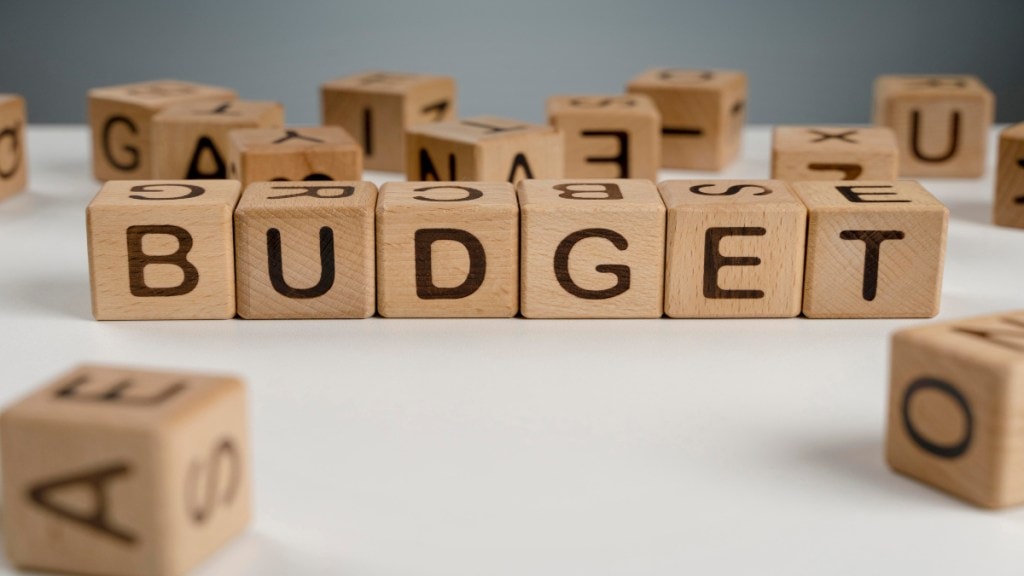The first full Budget by the Modi 3.0 Cabinet is due in a month. The question is will the focus be more on the welfare schemes and populist measures that the coalition partners would be gunning for? Policy Continuity is what the Government seems to be signalling, especially with the portfolio allocation for the top 4 sectors, including finance remaining unchanged. While possibilities are many, here are the 5 key things to watch in the Budget this time-
Top things to watch in Budget 2024
Schemes: From boosting the income levels, revamping the PLI to incentivising sectors, schemes are expected to be among the key protagonists in the Budget this time. The Modi 3.0 Cabinet decidedly wants to project a inclusive growth strategy. Several schemes to boost investment in MSMEs, micro-finance and small enterprises is likely to be on the cards. Measures to boost income of the deprived families may also be included. Subsidy schemes to boost urban housing is also seen as another focus areas. Interestingly, the first Cabinet meeting of the Modi 3.0 on June 10 was on on housing boost. The Cabinet approved construction assistance for 30 million additional houses under the PM Awas Yojana for both rural and urban India.
Public Capital Expenditure: Given the whopping dividend collection of Rs 2.1 trillion from the Reserve Bank of India coupled with robust tax receipts, the Budget for FY25 is expected to raise Capex. Speaking to Financial Express, Sanjiv Puri, chairman of managing director of ITC expects a 25% uptick in public expenditure on a year on year basis. Most experts believe that the government’s capex may remain elevated to maintain the pace of economic growth and also job growth rate. The Interim Budget FY25 had proposed for increasing Capex by 16.9% over the FY24 revised estimates.
Narrowing fiscal deficit: The higher-than-expected surplus transfer by RBI is also expected to help the government in cutting down the borrowings and reducing the fiscal deficit for FY25. The fiscal deficit for FY25 is estimated to be 5.1 per cent of GDP. According to the Finance Minister’s earlier statement during Budget for 2021- 2022, the expectation is to reduce the deficit to 4.5 per cent by 2025-26.

